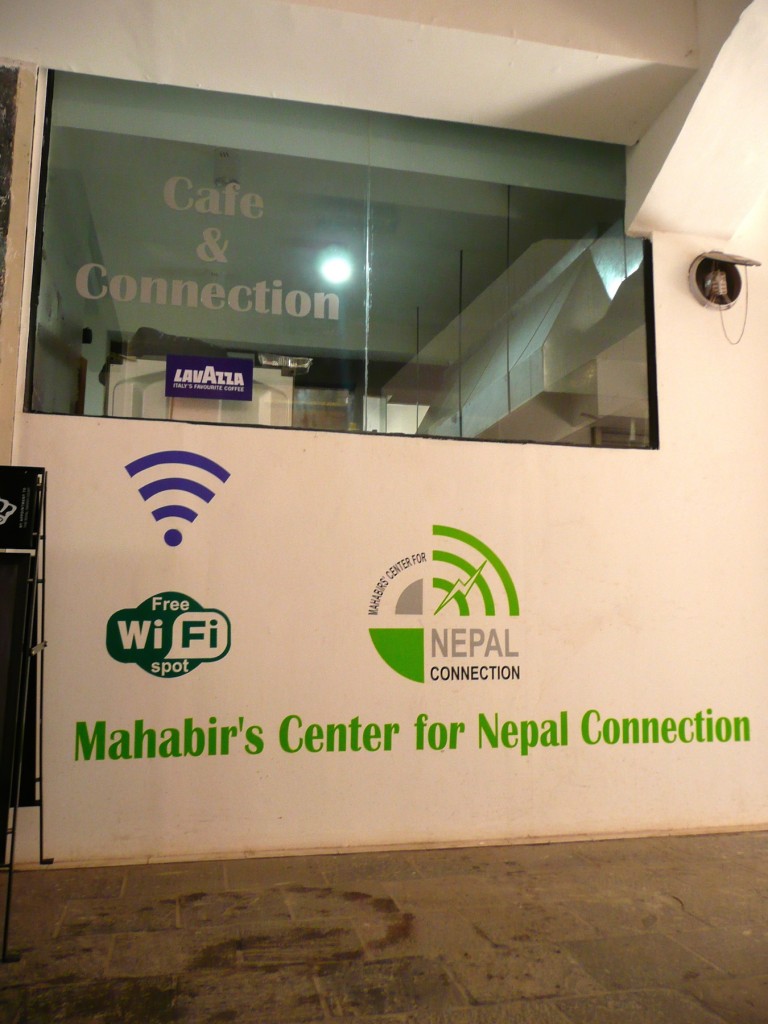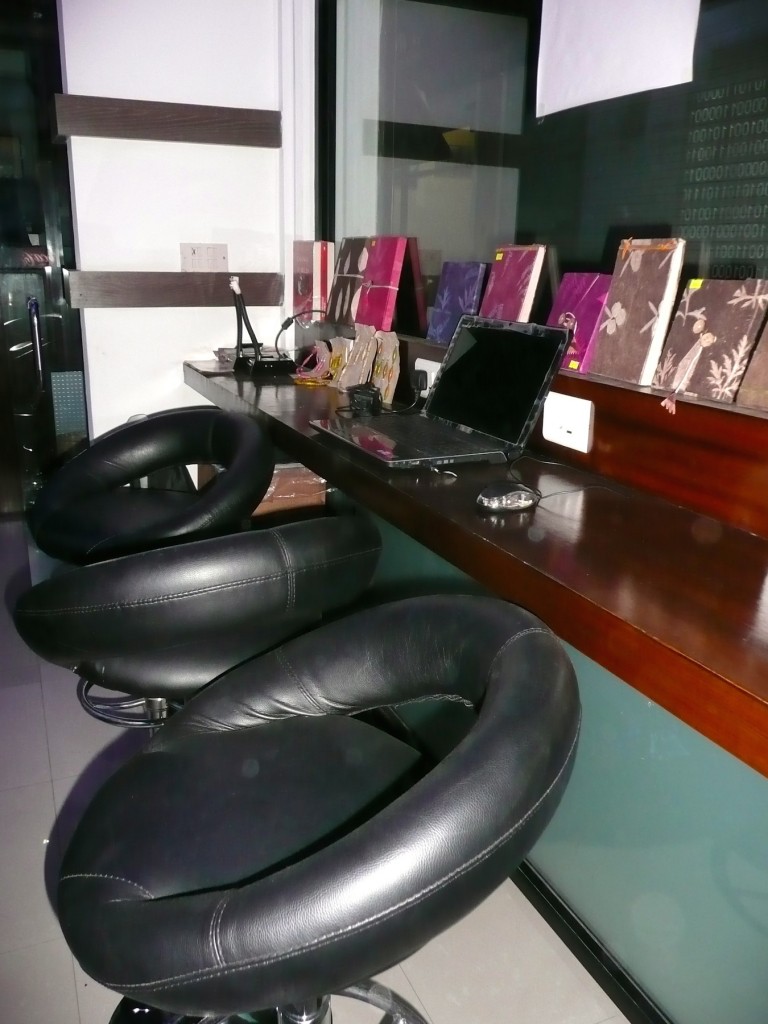I think understanding how Mahabir Pun developed and set up the Nepal Connection gives further insight into his character and how he manages and interacts with people. In October 2012 I sat down with Kishor Rimal, the Nepal Connection (NC) manager, at the restaurant and over tea we talked for hours about his career and his relationship with Mahabir. His experience with Mahabir is typical for many of us who work with him so here is his story.
Kishor was hired by Mahabir Pun to manage NC even before it opened. Kishor was involved from the early stages of planning, development and construction. He was fresh out of the restaurant opening the month before I met him so he was eager to talk about the challenges. After consulting with Mahabir, he made the final decisions on location, design, staff and the menu. He admits to being “nervous” regarding his responsibilities due to his lack of experience in the restaurant business. He holds a BA in Media Studies and a Masters in Landscape Management…along with a long resume of multiple jobs. Everything from event planning to publishing house writer to bank communications. He admits he only held some jobs for a few weeks to a few months. After meeting Mahabir he realized he wanted to work for the rural villagers and “help the people”.
He first met Mahabir Pun in February 2010 and the meeting didn’t go well. He wanted to work for Nepal Wireless but Mahabir was not impressed by his resume. Kishor said Mahabir was brutally blunt in saying he was not the type of person to work with him because he had no IT experience. Kishor kept hounding Mahabir and finally convinced him he could design and implement a much needed media and public relations campaign. Mahabir allowed him to work as a volunteer. Kishor worked for two years without pay for Nepal Wireless. He was able to do this because he lived in Kathmandu with his parents. He managed projects by negotiating with the villagers; set up training for technicians; and was the front man for all politically correct interfaces with villagers, technicians, donors and Mahabir. You can see why Mahabir would choose Kishor, although he lacked experience in the restaurant business, he possessed priceless skills in negotiating and management of resources and people.
Join me next week and read about Kishor’s goals for the new business, his relationship with Mahabir and the challenges he faced as the new manager buffering Mahabir’s entrepreneurial style with one financial backer’s business goals.



